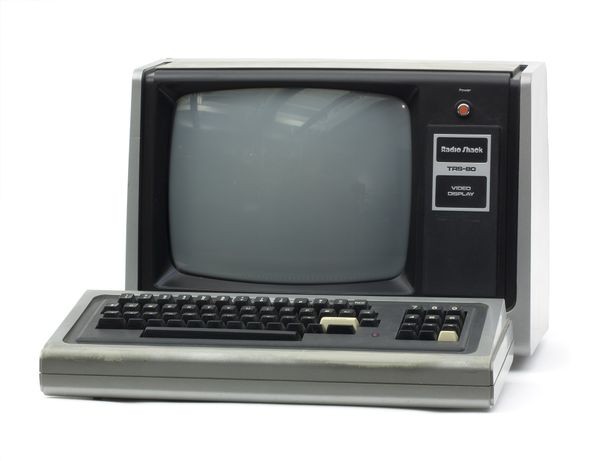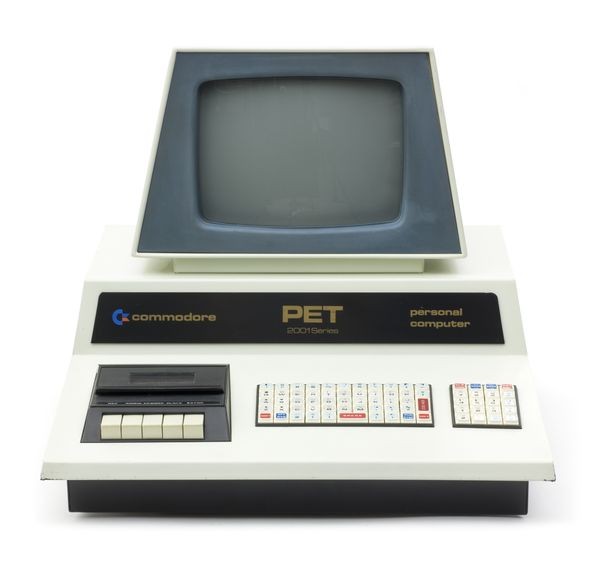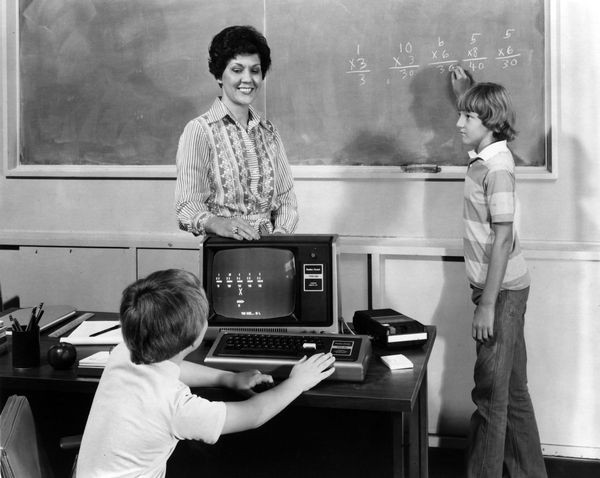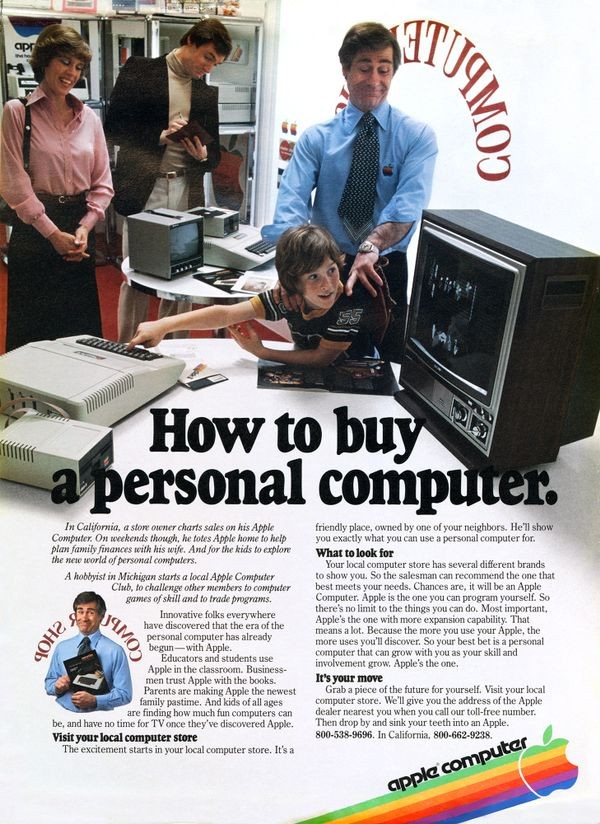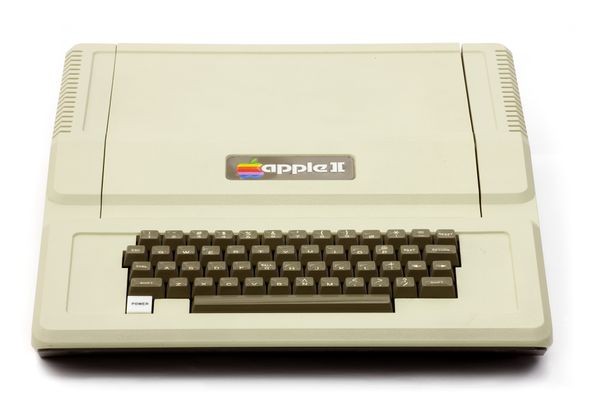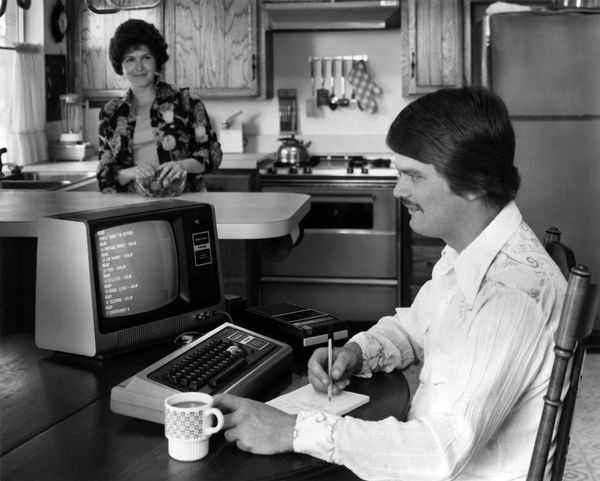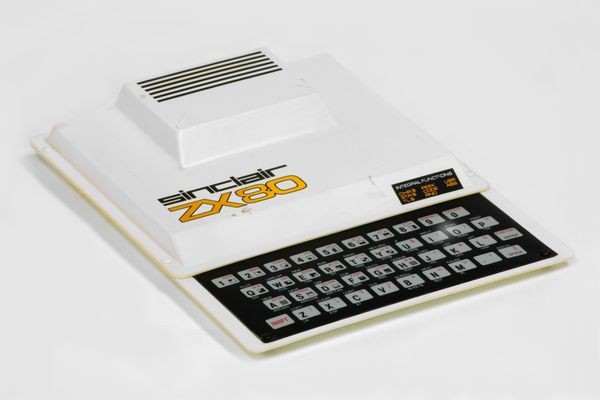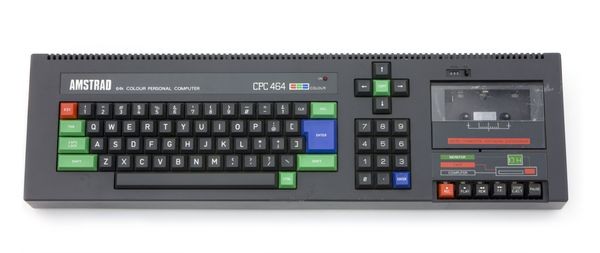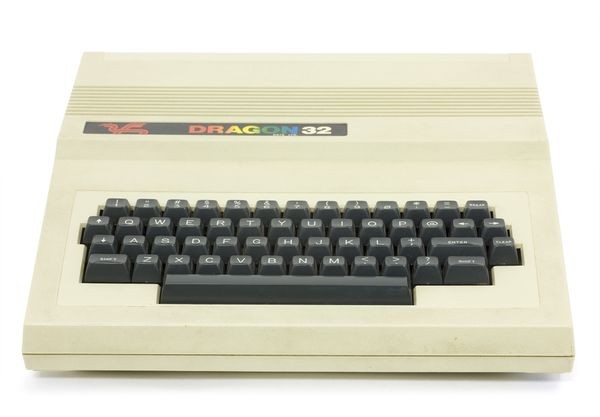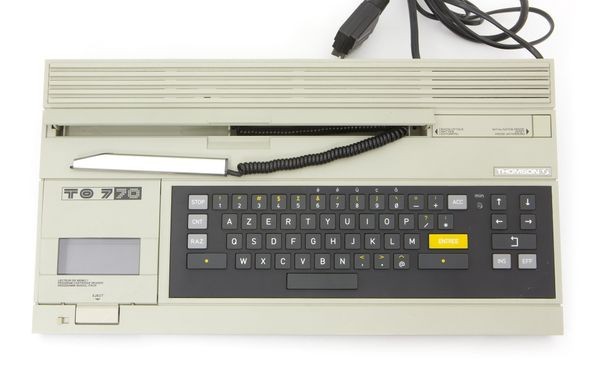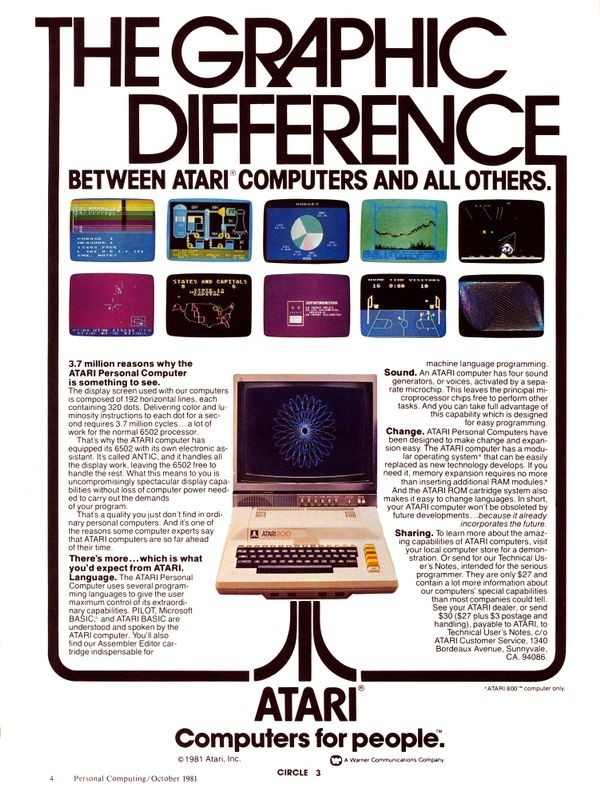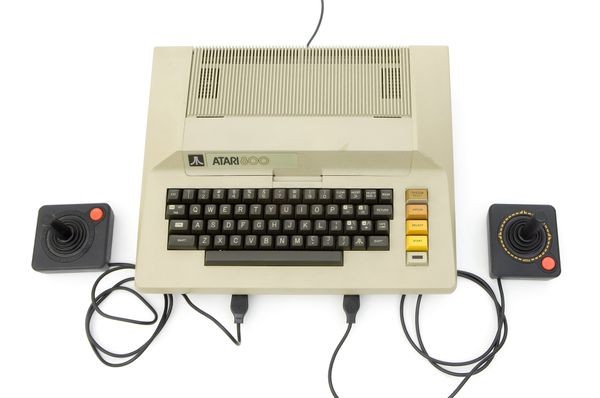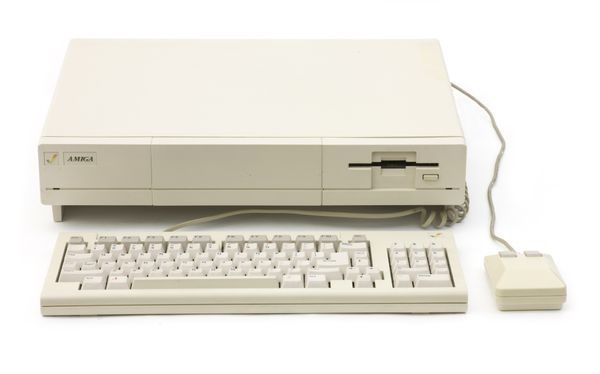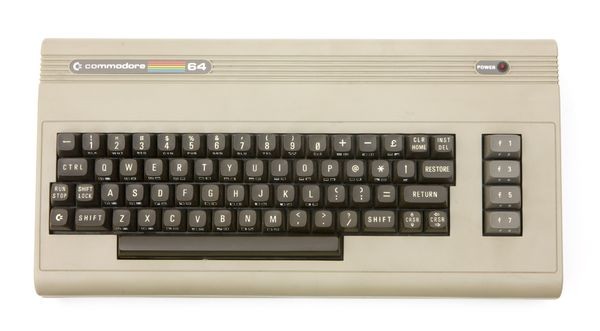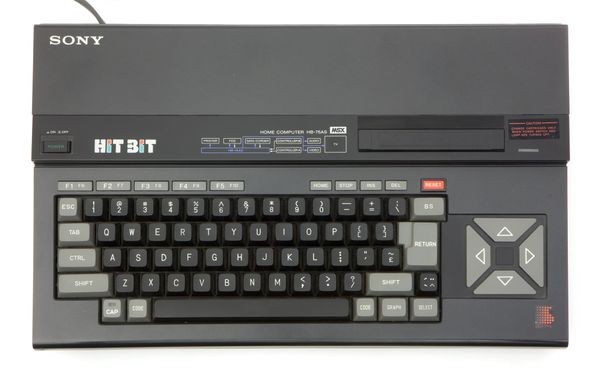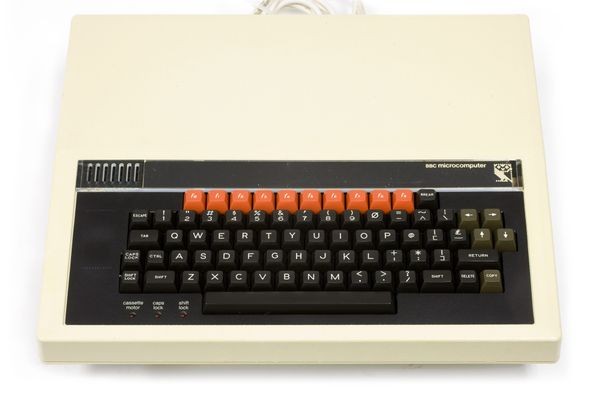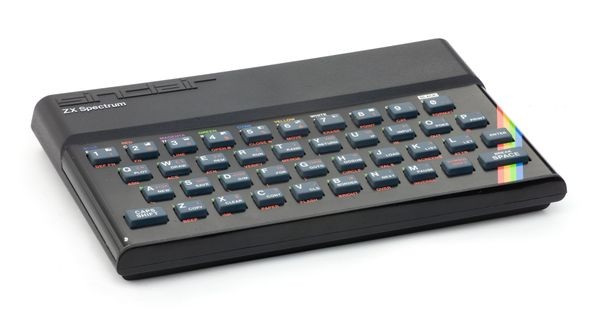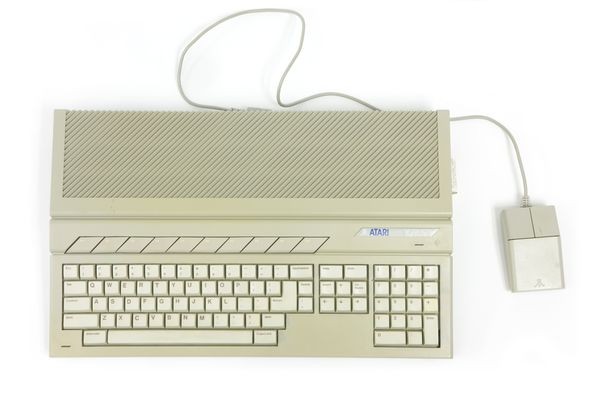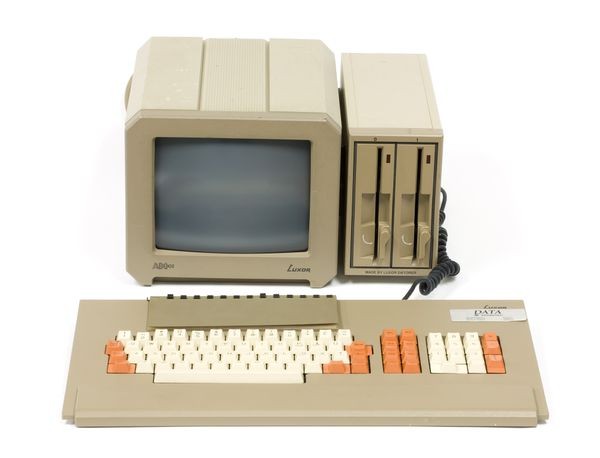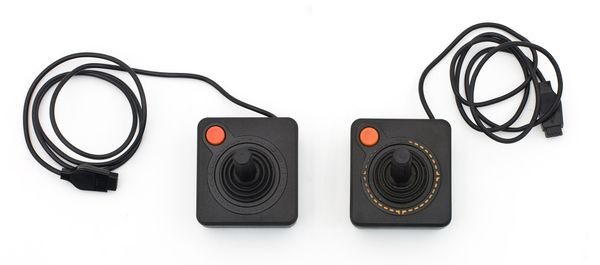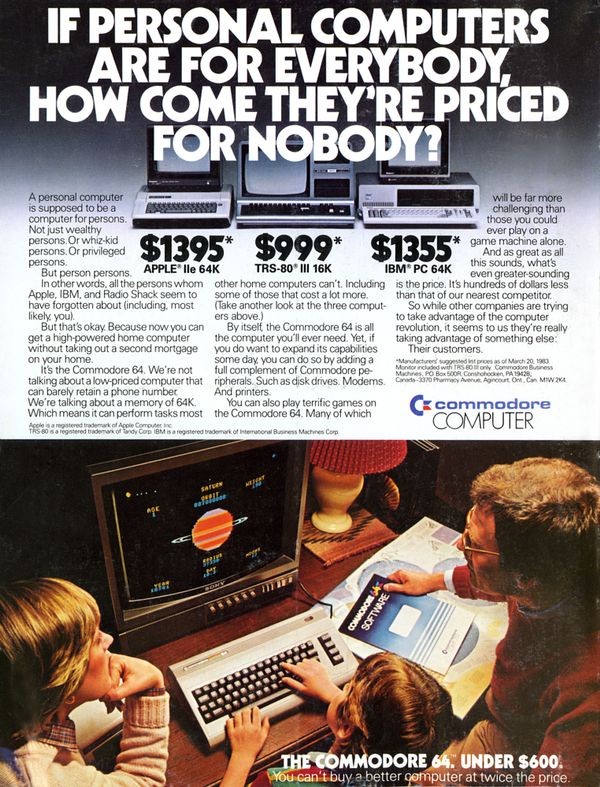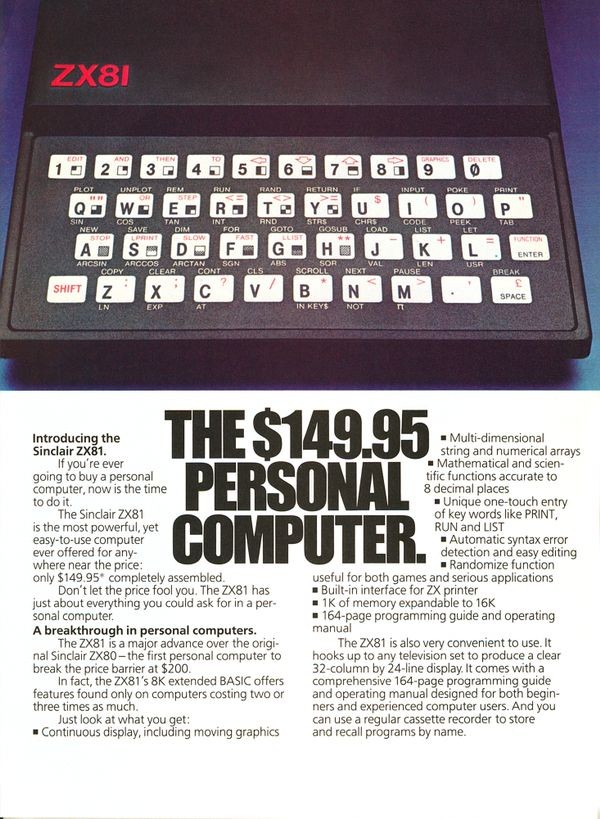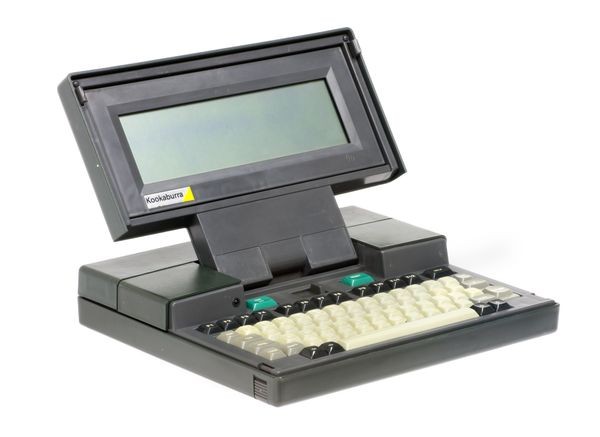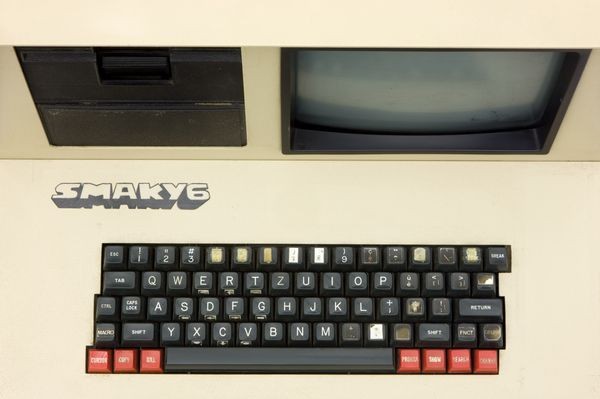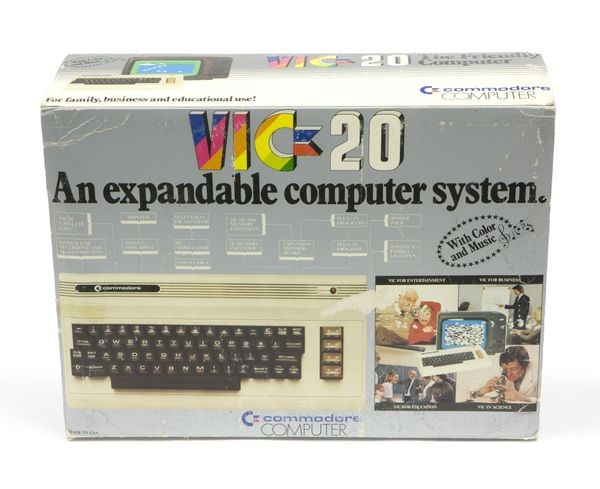Computers for Everybody
TRS-80 Personal Computer
Before 1977, most home computers were kits requiring technical know-how. The TRS-80 represented a new generation of inexpensive, mass-market personal computers. It came fully assembled with a monitor, keyboard and pre-installed BASIC software, using an audiocassette recorder for storage.
Computers for Everybody
When people begin building their own products in their garages, entrepreneurs take notice. That’s a good sign of a business opportunity.
Companies capitalized on the blossoming computer interest with products requiring little expertise. These included three influential computers introduced in 1977: the Apple II, TRS-80, and Commodore PET. The expanding market also meant more demand for software—a niche many companies eagerly filled.
Commodore PET
Commodore produced hand-held calculators. Designer Chuck Peddle convinced Commodore president Jack Tramiel to transform his KIM-1 design into the Commodore PET, which proved popular in schools and could be networked to share peripherals like printers and disk drives.
View Artifact DetailRadio Shack TRS-80 in a classroom
Schools were a prime target for most personal computer manufacturers, and many libraries of educational software were available. Radio Shack had its own “education centers” to teach teachers and others about its computers.
View Artifact DetailApple Computer advertisement
Many early personal computer companies sold only through authorized computer dealers. It wasn’t until the 1980s that the computers became available in other stores.
View Artifact DetailApple II
Steve Wozniak designed the Apple II in 1977. The self-contained unit housed electronics, keyboard and power supply, with the BASIC language in permanent memory. A TV served as the display. The floppy disk drive (1978) and spreadsheet program VisiCalc (1979) made it a blockbuster.
View Artifact DetailHome Computers
Growing interest in home computers in the 1970s and 1980s brought greater competition, lower prices, and deeper penetration. More and different companies began selling more and different computers to more and different customers.
Sales at retail stores such as Sears reached a broader public, and consumers who found the Apple II or IBM PC too expensive readily bought the more affordable Commodore 64, Radio Shack’s TRS-80, and others. Many home computers also doubled as game consoles.
One consequence of this rapid expansion, however, was a fragmented universe of incompatible hardware and software.
Radio Shack TRS-80 advertisement
All the early PC manufacturers emphasized how naturally their computers would fit into a home setting – which meant that many of the ads looked eerily similar.
View Artifact DetailSinclair ZX80
The ZX80 computer was first available in the UK as a kit for £99 ($186), or pre-assembled for slightly more. About 50,000 were sold in Britain, primarily to hobbyists.
View Artifact DetailCPC 464 Microcomputer
The Amstrad Colour Personal Computer was popular in the UK, France, Spain and Germany for general home computing — but especially for video games. A custom gate array provided graphic resolution up to 640 by 200 pixels, and up to 16 colors.
View Artifact DetailDragon 32K Personal Computer
The Welsh-made Dragon 32K was an improved version of Tandy’s TRS-80 Color Computer. Many UK companies converted their TRS-80 Color Computer programs to run on the Dragon.
View Artifact DetailThomson TO7 micro computer
The Thomson TO-7/70 was an early commerical microcomputer sold in France. The TO-7/70 included a built-in lightpen stored in a drawer above its keyboard, sound and a 16-color display capability. Many TO-7/70s were purchased for use in French schools due to the large amount of educational software available.
View Artifact DetailAtari 800 advertisement
Atari touted superior graphics as the 800’s main selling point. Although the customer base was expanding, ads still focused on technical details of displays and processors. Add-on memory cartridges insured that “your ATARI computer won’t be obsoleted by future developments.”
View Artifact DetailAtari 800
Atari’s 400 and 800 home computers doubled as game consoles. The high-end 800 had twice the memory (a whopping 8 KB!), and a keyboard with moving keys instead of a flat membrane. Games and software came on plug-in cartridges.
View Artifact DetailAmiga 1000 CPU
Amiga, founded in 1982, was bought by Commodore shortly before releasing its first product, the Amiga 1000. Advanced graphic and audio capabilities made it popular for games and primitive video editing. Amigas were successful in Europe, less so in America.
View Artifact DetailCommodore 64
Simplicity, low cost, superior graphics, quality sound, good game software and aggressive marketing made the C64 a blockbuster success. Over more than a decade, about 30 million were sold, many in retail stores that had never sold computers before.
View Artifact DetailHit Bit Home Computer
To encourage uniformity for its software, Microsoft Japan created the MSX computer standard. It was modestly and briefly successful in some markets outside the US and UK. This Sony MSX computer included built-in calendar and address book applications.
View Artifact DetailBBC Microcomputer System
The British Broadcasting Company’s Computer Literacy Project hoped “to introduce interested adults to the world of computers.” Acorn produced this popular computer so viewers at home could do what they saw demonstrated on the TV series.
View Artifact DetailSinclair ZX Spectrum Microcomputer
The Sinclair ZX Spectrum used the Zilog Z80 microprocessor. Any television could serve as its display. It was a popular target for unauthorized clone-makers in Eastern Europe and South America.
View Artifact Detail1040ST Computer System
The ST series was Atari’s answer to the Apple Macintosh. Despite improvements such as a color display and MIDI music ports, it never generated the market sizzle of the Mac.
View Artifact DetailLuxor Datorer ABC 802 computer
Established in 1923, Luxor was a Swedish maker of radios, televisions, and tape recorders. This computer, though not IBM-compatible, had good performance and sold well in Sweden because of a suite Swedish office software.
View Artifact DetailAtari 800 joystick
Atari’s 400 and 800 home computers doubled as game consoles. The high-end 800 had twice the memory (a whopping 8 KB!), and a keyboard with moving keys instead of a flat membrane. Games and software came on plug-in cartridges.
View Artifact DetailCommodore 64 advertisement
Commodore emphasized the low-price (“UNDER $600”) and gaming capabilities of the Commodore 64.
View Artifact DetailSinclair ZX81
Sinclair was the leader in low-cost personal computers for consumers. The keyboard was an inexpensive membrane without moving keys, programs were stored on an audio cassette recorder, and the display was “any television set.”
View Artifact DetailKookaburra Portable Computer
The Australian Kookaburra Laptop (the “Dulmont Magnum”) had MS-DOS, a word processor, spreadsheet, and appointment programs permanently in ROM. It weighed “only” 10.5 pounds. Design, begun in 1979, included novel power-management circuitry developed at the University of New South Wales.
View Artifact DetailSmaky6 Microcomputer
Jean-Daniel Nicoud designed the Smaky, or Smart Keyboard, as a teaching computer. Based on the Zilog Z80 microprocessor, it was part of a classroom network with a Data General Nova as a server.
View Artifact DetailSinclair QL microcomputer
The Sinclair QL (Quantum Leap), successor to the successful Sinclair ZX Spectrum, was doomed by bugs and problems with the Microdrive miniature tape drives. Its Motorola 68008 microprocessor made it incompatible with the rising IBM PC.
View Artifact DetailCommodore VIC-20
This low-cost replacement for the aging Commodore PET may have been the first million-seller computer. Sold primarily in retail stores instead of computer dealers, and promoted by personalities like Star Trek’s William Shatner, it focused on educational software and games.
View Artifact Detail